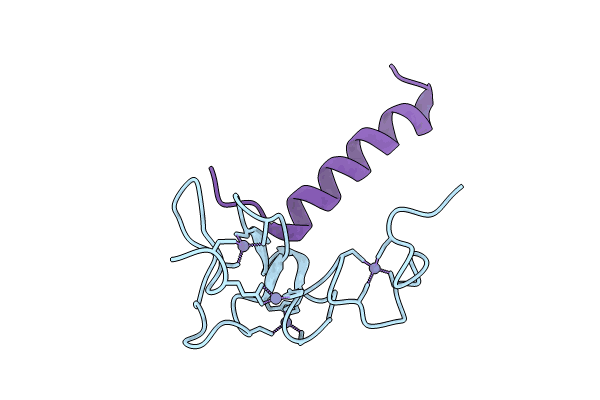
Deposition Date
2023-10-04
Release Date
2024-07-31
Last Version Date
2025-03-19
Entry Detail
PDB ID:
8WMS
Keywords:
Title:
Crystal structure of human DPPA3 in complex with human UHRF1 PHD domain
Biological Source:
Source Organism:
Homo sapiens (Taxon ID: 9606)
Host Organism:
Method Details:
Experimental Method:
Resolution:
2.40 Å
R-Value Free:
0.26
R-Value Work:
0.23
R-Value Observed:
0.23
Space Group:
I 41 2 2


